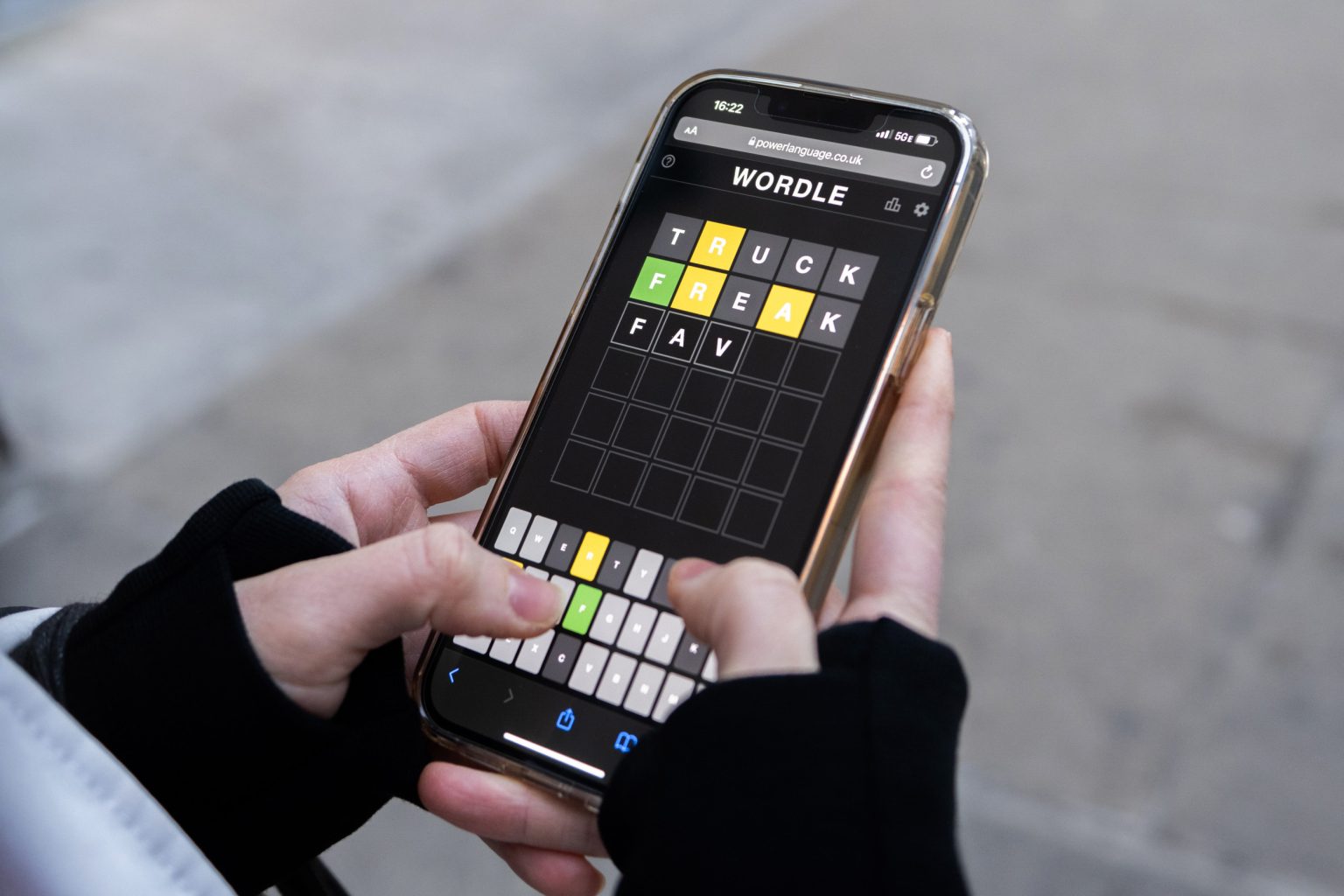Wordle, the immensely popular word puzzle game, continues to captivate millions of players worldwide. Its simple yet engaging gameplay, coupled with its social media shareability, has created a global community of puzzle enthusiasts. Originally created by Josh Wardle as a gift for his partner, the game’s unexpected viral success led to its acquisition by The New York Times in early 2022. This transition, while overwhelming for Wardle, solidified Wordle’s place as a daily ritual for countless individuals. The game’s ability to connect people across cultures and geographical boundaries, as noted by linguistics expert Noël Wolf, contributes significantly to its enduring appeal. Wordle’s success can be attributed to several key factors: its accessibility, its clear and concise rules, and the rewarding sense of accomplishment derived from solving the daily puzzle.
The mechanics of Wordle are straightforward. Players are tasked with deciphering a five-letter mystery word within six attempts. A color-coded tile system guides players towards the correct solution. Green tiles indicate a correctly placed letter, yellow tiles signify a letter present in the word but in the wrong position, and gray tiles eliminate letters not found in the word. This intuitive feedback system allows players to strategically refine their guesses with each attempt, adding a layer of deduction and strategy to the game. The limited number of guesses adds an element of challenge, encouraging players to think critically and efficiently.
Beyond the individual challenge, Wordle fosters a sense of community. Players frequently share their results on social media platforms, sparking discussions about strategies, unusual words, and personal triumphs. This sharing aspect creates a shared experience that transcends geographical boundaries and connects individuals through a common interest. The daily nature of the puzzle further reinforces this sense of community, as players look forward to a new challenge each day and share their experiences with fellow enthusiasts. This shared anticipation and discussion contribute to the game’s enduring popularity.
For those seeking assistance with the daily Wordle challenge, resources like Newsweek provide helpful clues to nudge players towards the solution. These clues often focus on the word’s structure, including the number of vowels, repeated letters, and starting letters. Additional hints may allude to the word’s grammatical function (noun, verb, adjective) or its semantic associations. These clues provide just enough information to guide players without revealing the answer outright, preserving the challenge and satisfaction of solving the puzzle. For January 9th’s Wordle #1,300, the clues point to a word beginning with “W,” containing two vowels, and related to a biscuit.
The answer for Wordle #1,300 is “wafer,” a word serving as both a noun and a verb. As a noun, “wafer” refers to a thin, crisp cake, cracker, or a small adhesive disc. As a verb, it means to seal or fasten with a wafer. This dual nature of the word adds a layer of complexity to the puzzle, challenging players to consider its different meanings and contexts. The association with a biscuit, a common food item, provides a relatable hint, making the solution accessible to a wide range of players.
The daily cycle of Wordle, with a new puzzle released at midnight local time, creates a consistent and engaging experience for players. Newsweek and other platforms provide ongoing support with daily hints and tips, fostering a community of engaged players. For those seeking further word-based challenges, alternative games like Typochondria and Spellspire offer additional avenues for linguistic exploration. The continued popularity of Wordle and similar games highlights the enduring appeal of word puzzles and their ability to connect people through a shared love of language and problem-solving.

